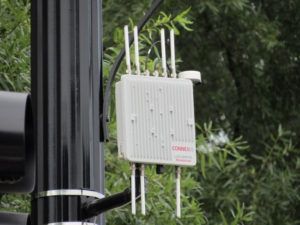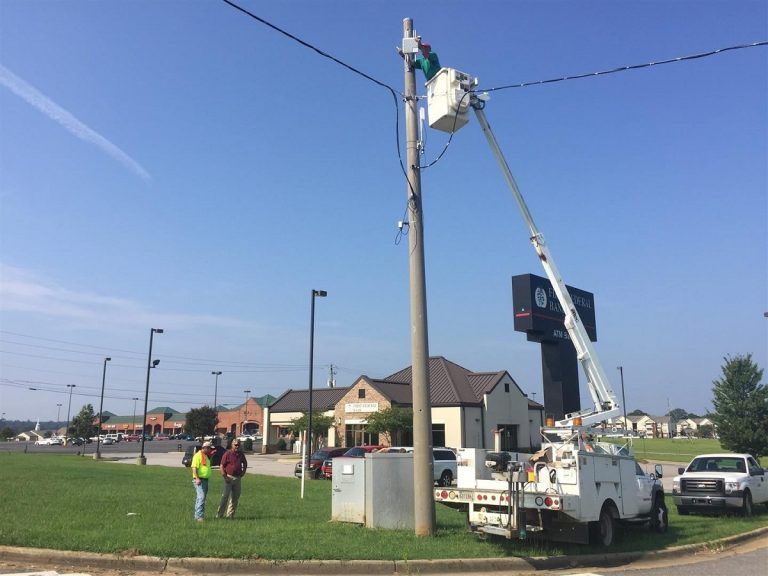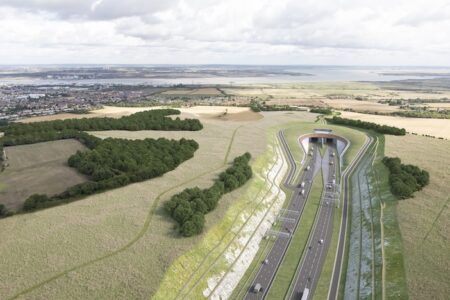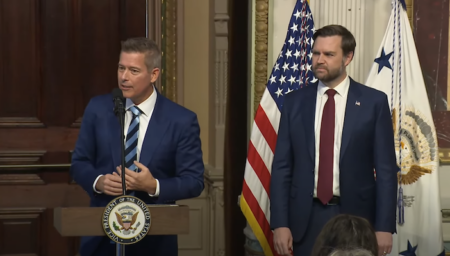Researchers at the University of Alabama (UA) are embarking on a US$16.8m project to transform the roads and highways in the Tuscaloosa area into a smart transportation network that is safer, less congested and more environmentally friendly.
UA’s Alabama Transportation Institute (ATI) is taking the lead on the three-year multi-faceted Advanced Connected Transportation Infrastructure & Operations Network (ACTION) project that has received an US$8m research grant from the US Department of Transportation (USDOT), with a group of state and local agencies contributing another US$8.8m in funding. The UA researchers are aiming to design the transportation system of tomorrow by populating the roadways in West Central Alabama with new sensors and cameras, using emerging technologies such as machine learning, and advancing connected vehicle (CV) concepts.
The ambitious objectives of the ACTION project include:
- Improve safety by reducing secondary crashes by 20% in the project area;
- Increase travel time reliability by 25%;
- Reach at least half of the region’s motorists with apps and other information systems;
- Reduce emissions by achieving system-level fuel economy benefits by as much as 5%;
- Minimize production downtime for area just-in-time manufacturers by 5%;
- Integrate at least 75% of the intersections and 70% of the freeway network in the ACTION region.
The ACTION initiative builds on work conducted over the past four years by Dr Alex Hainen, UA’s assistant professor of civil, construction and environmental engineering, and a researcher on the project, to improve intersections in the Tuscaloosa area. By using technology to optimize traffic flow at these intersections, he has been able to increase the number of motorists arriving on a green signal at traffic lights by 17%.
 As the project is rolled out, the UA research team will place cable median sensors along a 10-mile (16km) stretch of Interstate 59 approaching Tuscaloosa. If a vehicle strikes the cable, they will communicate with a nearby radio that is part of an alert system to get emergency authorities on the scene. In addition, more than 24 video cameras will be installed at strategic points along a 32-mile (51km) stretch of I-59 where fiber optic cable also will be laid. Video feeds will go to the West Central Region Traffic Center, a command and control center established by the Alabama Department of Transportation (ALDOT) and UA on the university’s campus. Once the extensive network of cameras is in place, the UA research team plans to use machine learning to automate the monitoring system, eliminating the need for a significant increase in manpower at the traffic center.
As the project is rolled out, the UA research team will place cable median sensors along a 10-mile (16km) stretch of Interstate 59 approaching Tuscaloosa. If a vehicle strikes the cable, they will communicate with a nearby radio that is part of an alert system to get emergency authorities on the scene. In addition, more than 24 video cameras will be installed at strategic points along a 32-mile (51km) stretch of I-59 where fiber optic cable also will be laid. Video feeds will go to the West Central Region Traffic Center, a command and control center established by the Alabama Department of Transportation (ALDOT) and UA on the university’s campus. Once the extensive network of cameras is in place, the UA research team plans to use machine learning to automate the monitoring system, eliminating the need for a significant increase in manpower at the traffic center.
To improve intersections in the ACTION region, the UA team will expand the deployment of the dedicated short-range communication (DSRC) radios used by Dr Hainen in his earlier Tuscaloosa project. By relaying traffic information to signal controllers, the DSRC radios will play a significant role in minimizing traffic delays and reducing fuel consumption, becoming a core feature in Alabama’s first Vehicle-to-Infrastructure (V2I) mobility system. Motorists will be able to receive messages via a smartphone app that will provide important driving information such as traffic signal ‘countdowns’, with the system also alerting pedestrians and cyclists to any dangers.





